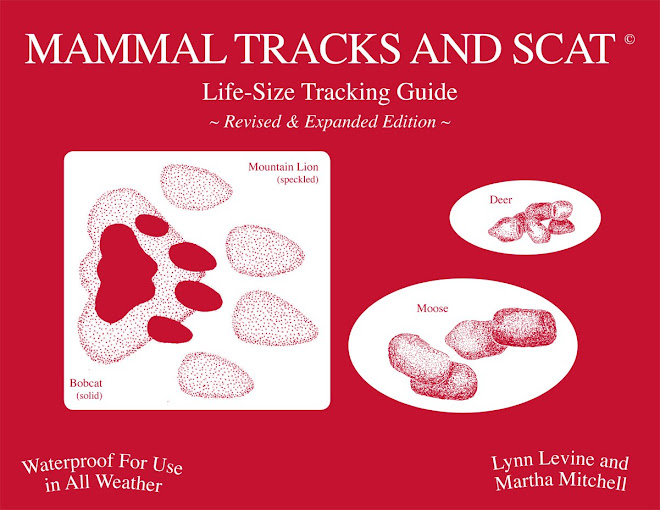This green beetle on a Chicory blossom makes an appealing picture. The beetle is a Northern Corn Rustworm Borer, an agricultural pest.
Spotted Lady Beetles hunt aphids, in this case on goldenrod.
And a nymphal stage of what is probably a Spined Soldier Bug consumes the liquified innards of an earwig.
John
 |
| Northern Corn Rustworm Borer |
 |
| Spotted Lady Beetle |
 |
| Spined Soldier Bug 'eating' an Earwig |


















































